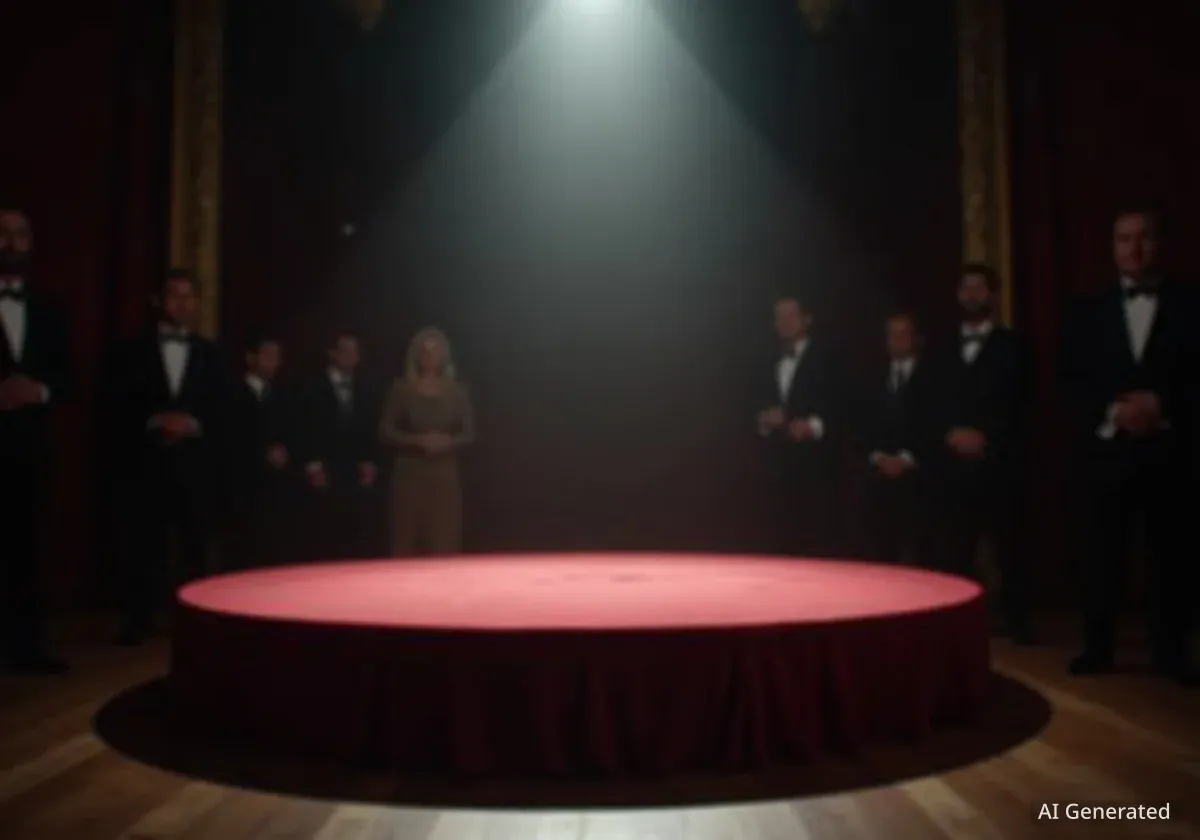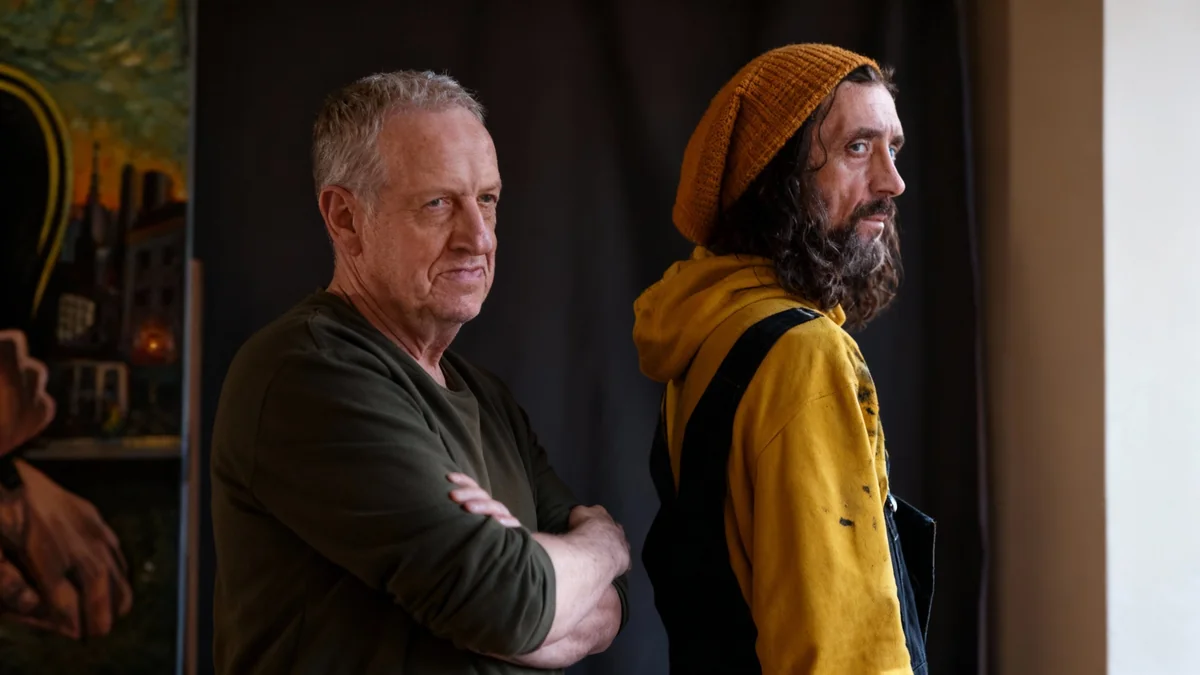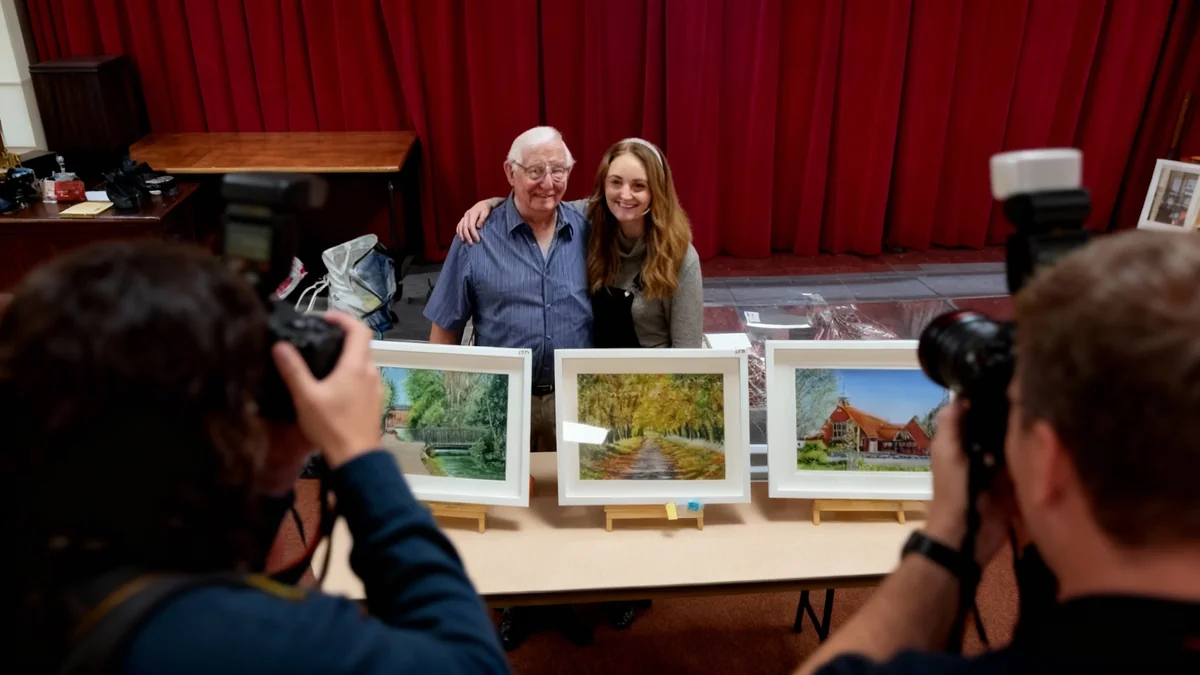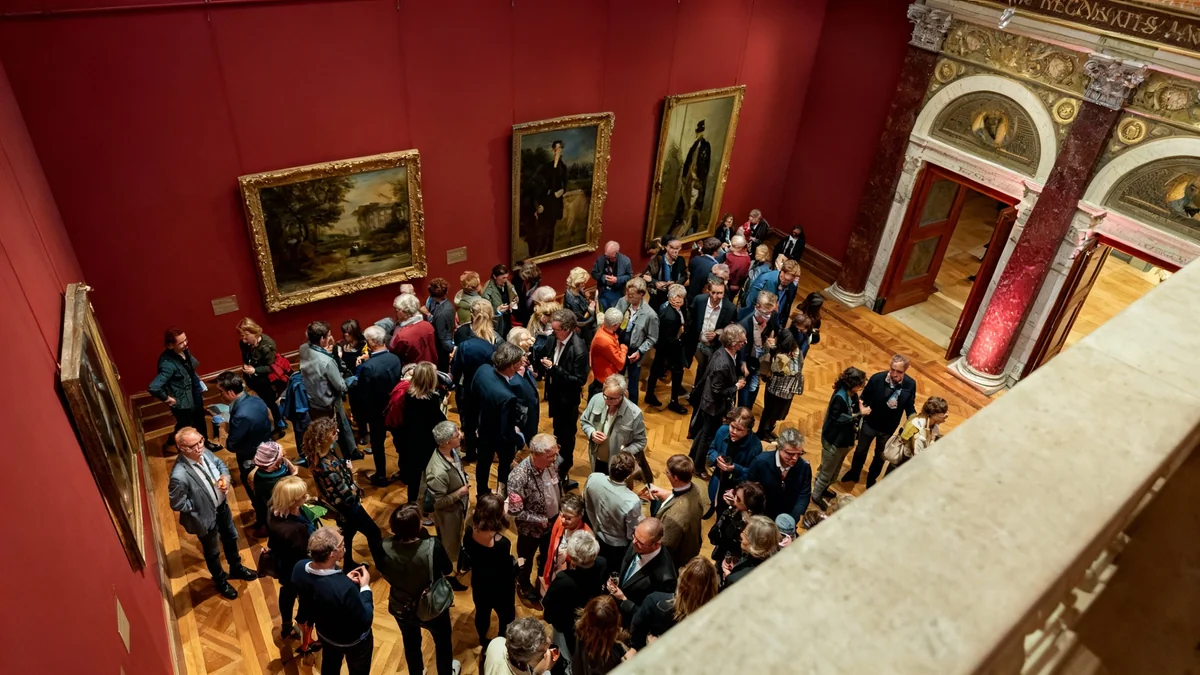A painting by Pablo Picasso, unseen by the public for over 80 years, is scheduled for auction in Paris. The artwork, titled Buste de femme au chapeau à fleurs (Dora Maar), depicts Dora Maar, who was Picasso's lover and muse. It will be sold at the Drouot salesroom on October 24, with an estimated value of €8 million.
This significant piece has been held in a private collection since 1944. Its emergence offers a rare opportunity for art enthusiasts and collectors to view a work with a unique history, painted during a complex period in Picasso's life.
Key Takeaways
- Picasso's Buste de femme au chapeau à fleurs (Dora Maar) will be auctioned.
- The painting has not been publicly displayed for over 80 years.
- It depicts Dora Maar, Picasso's lover and muse.
- The artwork carries an estimate of €8 million.
- The Comité Picasso has issued an authentication certificate.
The Unveiling of a Hidden Masterpiece
The painting, Buste de femme au chapeau à fleurs, was created by Picasso in 1943. It was acquired by a private French collector in August 1944. This collector was the grandfather of the current anonymous owners, who have now consigned the work to the Lucien Paris auction house.
Art historian Agnes Sevestre-Barbe, who contributed to the auction catalogue, describes the painting as a work of considerable historical and artistic importance. She notes that it provides new insight into Picasso's emotional state during the summer of 1943, a time marked by both despair and hope.
"A canvas of major historical and artistic importance," Sevestre-Barbe states, "which sheds fresh light on how Picasso, in the summer of 1943, interwove despair and hope."
Painting Details
- Artist: Pablo Picasso
- Title: Buste de femme au chapeau à fleurs (Dora Maar)
- Year Painted: 1943
- Estimated Value: €8 million
- Auction Date: October 24
Decades Out of Public View
Despite its long absence from public exhibition, the painting has been documented. Sevestre-Barbe confirms its inclusion in the art journal Cahiers d’art. Additionally, it is believed that the photographer Brassaï captured images of the painting in Picasso’s studio.
The auction catalogue highlights the rarity of this public appearance. Specialists familiar with its existence have relied on a black-and-white reproduction published by Christian Zervos in 1962. Photographs taken by Brassaï between late April and early May 1944 also served as references.
The painting's condition is reported as "very good." However, the catalogue mentions "slight deformations of the canvas in the corners." It also notes the "presence of stable, dry cracks in the red [area] of the hat, top centre." These minor imperfections are typical for works of this age.
Authentication and Provenance
A crucial aspect for any high-value artwork is its authenticity. The auction house has confirmed that the Comité Picasso has issued an authentication certificate for Buste de femme au chapeau à fleurs. This committee is the official body responsible for verifying the originality of the artist's works, providing assurance to potential buyers.
The Comité Picasso
The Comité Picasso is an authoritative committee established to authenticate works by Pablo Picasso. Its certification is highly regarded in the art world, confirming a piece's origin and ensuring its place within the artist's oeuvre. This process helps prevent the sale of counterfeit works.
The painting's journey from Picasso's studio in 1943 to its acquisition by a French family in 1944 provides a clear provenance. This unbroken chain of ownership is important for establishing the artwork's history and value.
Dora Maar: Beyond the Weeping Woman
Dora Maar, born Henriette Theodora Markovitch in 1907, is widely recognized through Picasso's artistic interpretations of her. Her image as the Weeping Woman (1937) is particularly famous. This new auction, focusing on a different portrayal, adds to the public's understanding of her representation in Picasso's work.
Maar had a significant artistic career of her own. She was born to a French mother and a Croatian father and spent her early years in Argentina. In the late 1920s, after her family relocated to Paris, she began studying photography.
By the early 1930s, Maar had established herself in commercial photography, often collaborating with set designer Pierre Kéfer. Her meeting with Picasso in 1936 marked a shift in her artistic focus, leading her to pursue painting more actively.
Maar's personal and professional relationship with Picasso was complex. After their separation, her mental health suffered. She spent her later years largely isolated, choosing not to exhibit her work or allow reproductions of her photographs. It was only after her death in 1997 that efforts to restore her artistic reputation began, revealing her contributions beyond her connection to Picasso.
A major survey held in 2019 at the Centre Pompidou in Paris aimed to present Maar in a new light. This exhibition helped to bring her own artistic identity forward, moving beyond the shadow of her famous lover. The sale of Buste de femme au chapeau à fleurs will likely spark further interest in Maar's life and her multifaceted relationship with Picasso.
- 1907: Dora Maar born Henriette Theodora Markovitch.
- Late 1920s: Begins studying photography in Paris.
- Early 1930s: Engages in commercial photography.
- 1936: Meets Pablo Picasso, shifts towards painting.
- 1943: Picasso paints Buste de femme au chapeau à fleurs.
- 1944: Painting acquired by a private French collector.
- 1962: Black-and-white reproduction published in Cahiers d’art.
- 1997: Dora Maar passes away, efforts to restore her reputation begin.
- 2019: Major survey of Dora Maar's work at Centre Pompidou.
- October 24: Painting to be auctioned in Paris.
The upcoming auction represents a rare moment for the art market. It brings a significant, previously hidden work by one of the 20th century's most important artists into the public domain. The sale also continues the ongoing re-evaluation of Dora Maar's own legacy as an artist.




